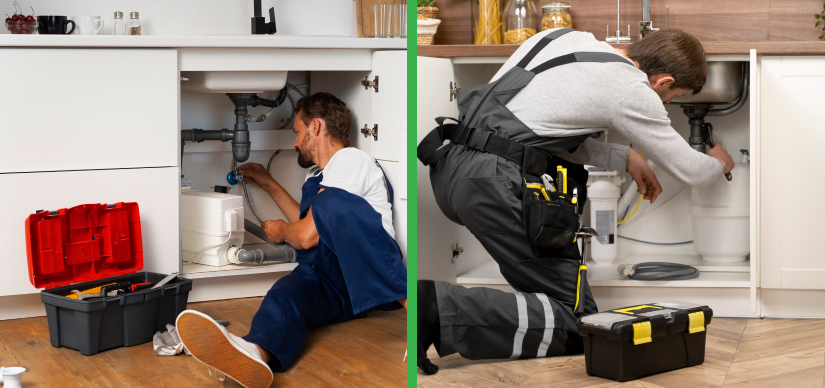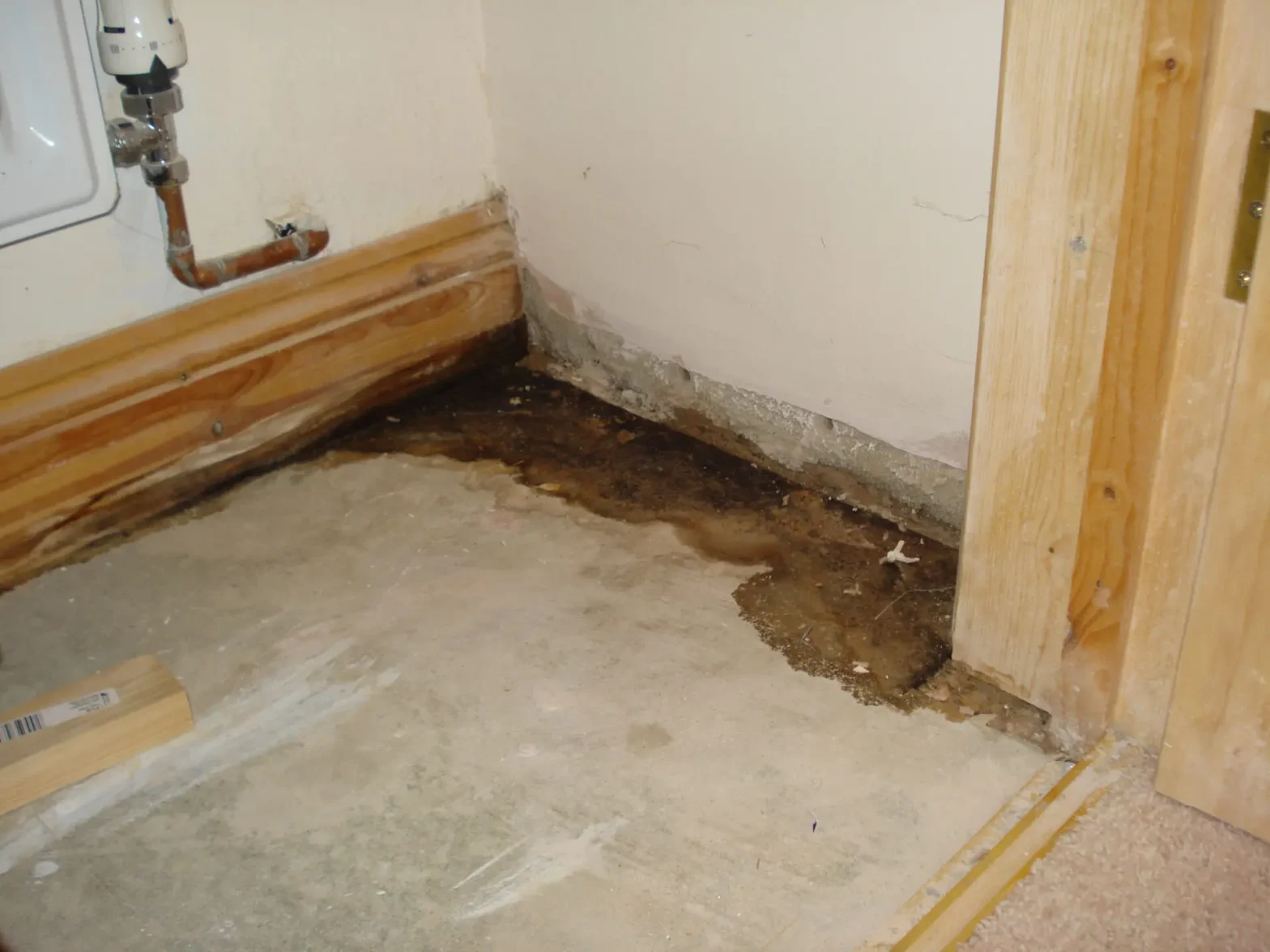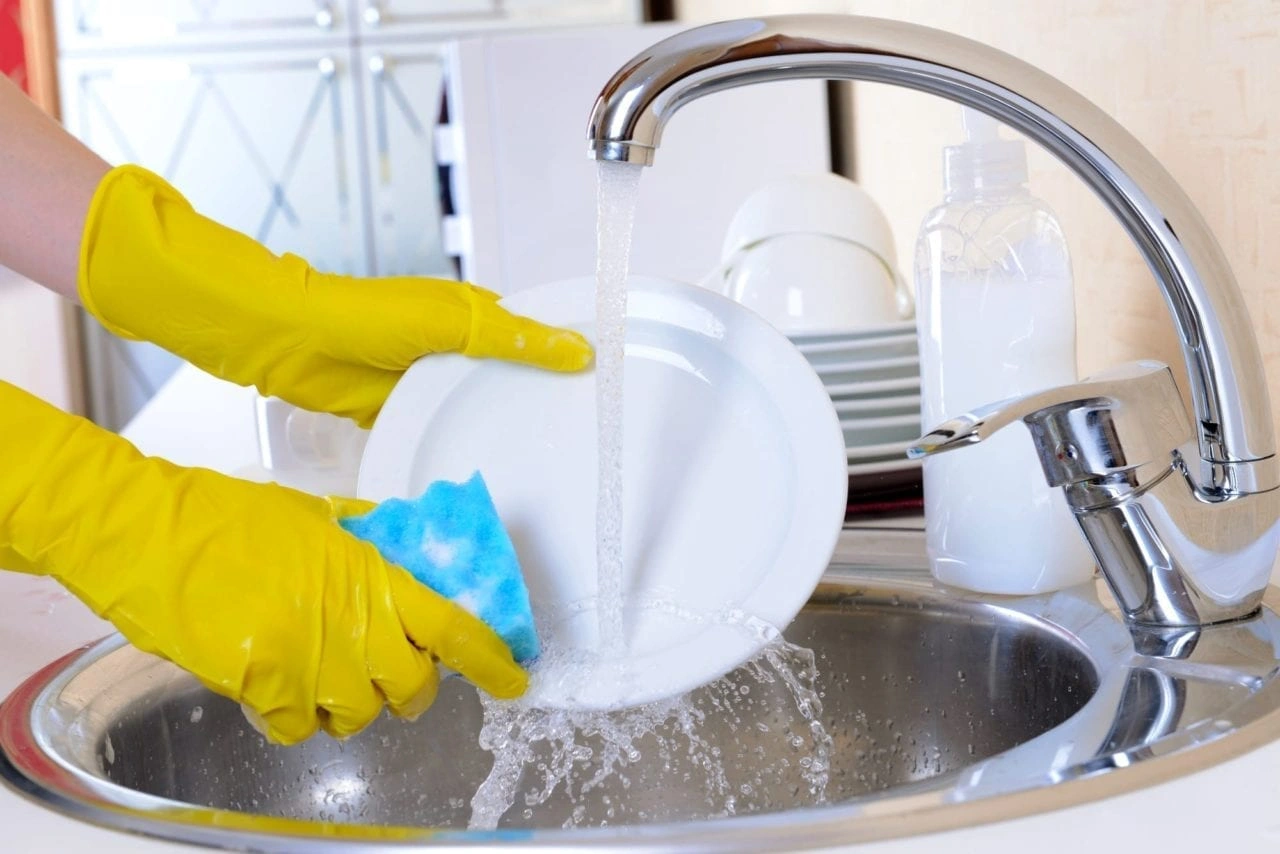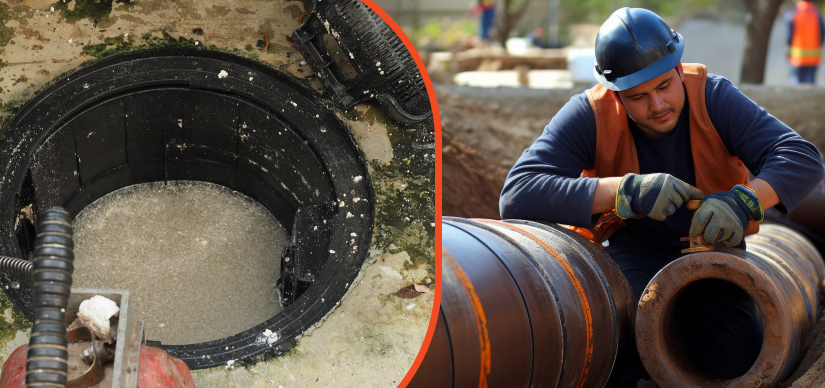Important Principles of Water Damage Restoration
Sometimes, in San Diego, heavy rains cause floods. It isn’t common, but when it comes, it creates huge issues. Homes get wrecked, folks have to move out, and it’s hard for everyone in the neighborhood.
Dealing with these floods makes life difficult. That’s why it’s very important to fix things quickly. We need flood restoration experts who can come in fast and know exactly what to do to make things better.
After a flood, things can be chaotic. Hence, having reliable flood rehabilitation services is crucial. They don’t just fix buildings; they bring back hope and make the city feel normal again. San Diego needs these services to bounce back strong after tough times like these.
Understanding the Need for Flood Damage Restoration Services in San Diego
Water damage can lead to multiple issues. Different types have distinct risks. Clean water leaks are visible, whereas sewage backups can be harmful. Knowing these differences is super important to dealing with them well. Doing something right away is key to stopping more damage and keeping mold away. Mold loves damp places and can sneak in without you noticing.
It’s urgent to sort out water damage fast. Even water that seems clean can turn into a place where mold and mildew grow. That’s bad for health and can wreck the structure. But if the water’s dirty, like sewage backups, it’s even more urgent. It’s risky for your health and needs quick fixing.
When floods wreck things, homeowners often make mistakes. They might forget about hidden wet spots or throw out stuff too quickly. This can make things worse. Doing things without a plan might help mold grow or hurt how strong your home is. That makes the problem last longer and cost more.
After water damage, acting fast and smart is key. Knowing the differences in water types, moving quickly, and avoiding mistakes in fixing things up is crucial to getting your home back from water damage.
Process of water damage restoration
Water damage can cause significant chaos on your property, yet comprehending the restoration process can provide clarity during challenging times. The journey of restoration typically involves four key stages:
Emergency house cleaning: This initial phase requires swift action to eliminate standing water from your property. Stopping leaks and preventing additional water from entering is a vital step. Swift measures are implemented to rescue possessions and reduce harm.
Drying and dehumidification: After removing the stagnant water, the attention turns to getting rid of moisture to stop mold and ensure everything dries completely. Utilizing advanced tools such as dehumidifiers and powerful fans accelerates this procedure.
Cleaning and Sanitization: Moisture-related damage often brings contaminants that affect indoor air quality. Comprehensive cleaning and sanitizing processes are conducted to clear debris, disinfect impacted spaces, and establish a healthy environment.
Reconstruction and repair: The primary aim of emergency flood services is to return your property to how it was before the flood. This means fixing damaged structures, changing elements that can’t be fixed, and reconstructing affected areas so your space looks and works as it did before.
Principles of Water Damage Restoration
Water damage has the potential to cause significant chaos on properties, demanding quick and efficient restoration procedures. Understanding key principles is crucial for successful restoration efforts.
Water Damage Inspection: Conducting a comprehensive evaluation of the scope and origin of water damage is the first crucial phase. This evaluation guides the entire restoration process.
Water Removal and Extraction: Promptly removing still water prevents additional damage and minimizes potential hazards like mold growth and structural deterioration.
Monitoring Moisture Levels: Using special tools to keep checking helps to measure how wet things are, decide how to dry them, and see how things are going as they dry.
Dehumidification: Implementing dehumidifiers reduces moisture, expediting drying and inhibiting the growth of mold.
Managing Mold Growth: Water damage often triggers mold development. Proper management involves removing affected materials and treating impacted areas to prevent mold recurrence.
Disinfection and Sterilization: Thoroughly sterilizing the affected area prevents the spread of contaminants and pathogens, creating a safer environment.
Using Air Movement for Evaporation: Carefully placing air movers helps the wet surfaces dry faster by removing moisture, making the drying process easier.
Temperature Control: Regulating temperature supports efficient drying. Warmer temperatures expedite evaporation without risking damage to materials.
Elimination of Damaged Materials: To prevent additional decay and guarantee a fresh start for restoration, it’s essential to safely remove irreversibly damaged materials.
The integration of each principle is vital in crafting a comprehensive method pivotal for successful restoration post-water damage. Successful execution necessitates expertise, appropriate tools, and a detailed strategy tailored to individual circumstances.
Trust the professionals at Flood Restoration San Diego for a stress-free recovery
When a big problem like flooding happens at home, getting help from an expert who specializes in emergency restoration can help fix things. This is the reason that depending on their skills guarantees a restoration process without stress.
1. Swift Response: Service providers understand the urgency of water damage. Their quick response guarantees their rapid arrival, reducing additional damage and speeding up the restoration procedure.
2. Experience and Expertise: Years of practice and expertise equip their team with a comprehensive understanding and skills to manage different forms of flood damage. They possess intricate knowledge about diverse materials and structures, enabling effective handling of each aspect.
3. Advanced Equipment: Utilizing cutting-edge tools and technology, experts employ advanced equipment for extracting water, drying, and sanitizing. These tools play a crucial role in efficiently restoring your home to its condition before the flood.
4. Comprehensive Restoration: They offer a comprehensive approach to restoration. They check how bad things are and find a special way to fix it all. They pay close attention to every little detail, making sure nothing small gets missed.
5. Licensed and insured: Trusting certified and insured experts means your home is in safe hands. Quality work is assured, and you have peace of mind knowing you’re safeguarded throughout the process.
6. Attention to Detail: Experts carefully check everything, finding hidden wet spots and stopping mold. They work very carefully to fix everything, so there won’t be any problems later.
7. Hassle-Free Process: Dealing with flood damage is overwhelming. You alleviate stress by relying on professionals. They manage the entire restoration process, allowing you to focus on your family and other essential matters.
8. Personalized Service: Only skilled people know that every situation is unique. They provide personalized service, addressing your specific needs and concerns and ensuring a tailored approach to your restoration.
9. Transparent Communication: Effective communication is key during restoration. Professionals keep you informed at every step, explaining the process, progress, and any necessary adjustments, fostering trust and clarity throughout.
10. Assurance of Quality: They’re truly dedicated to doing excellent work. While many others promise guarantees or warranties for great results, choosing experts like All Star Plumbing and Restoration for flood recovery means more than just fixing things. It brings peace of mind, ensures top-notch work, and gets your home back to its original state.
Get in touch today for a chat and let our skilled team handle your flood restoration needs with efficiency and effectiveness.








